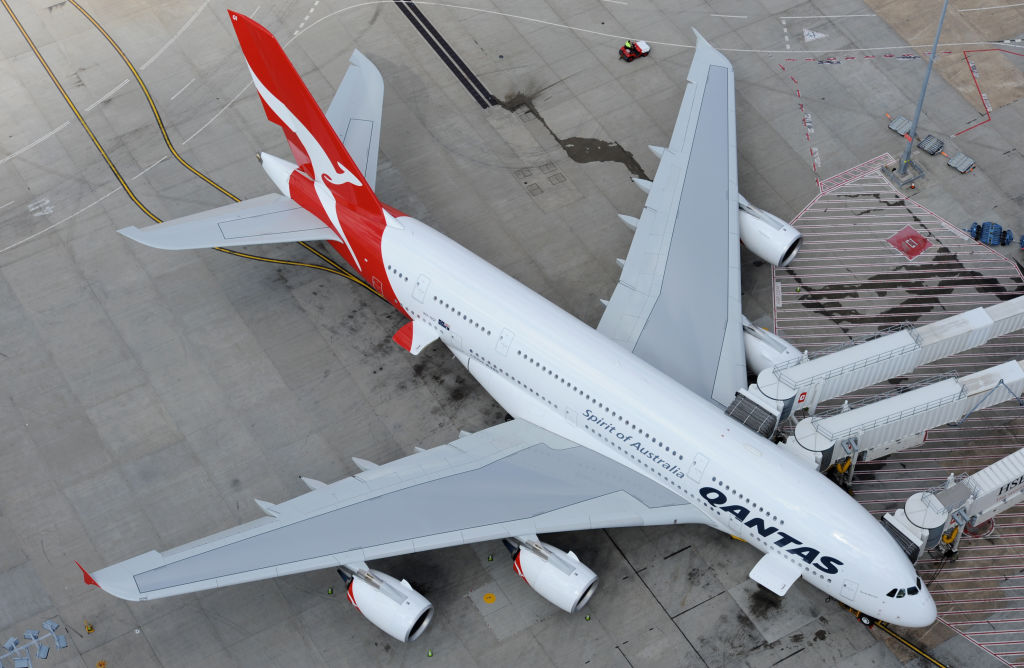Australians evacuated from coronavirus ground zero

Australian citizens trapped in the Chinese city of Wuhan have arrived back on home soil today, evacuated from the centre of the coronavirus outbreak.
270 passengers and crew have taken off from China and will land in Western Australia this afternoon, before being taken in smaller planes to Christmas Island to be quarantined for two weeks.
The Qantas 747 aircraft will be given a three-day deep-clean when it arrives back in Australia, and is staffed by a team of 14 Qantas cabin crew and four pilots who volunteered for the flight.
21-year-old Australian man Daniel Ou Yang remains trapped in Wuhan, and tells Deb Knight the first evacuation flight was reserved for families with young children, pregnant women, and the elderly.
Detergent and alcohol wipes are sold out, and surgical masks are “long gone” in the city of 11 million people, Mr Yang says.
The opening of a new hospital in Wuhan, built in just eight days, has “lifted some mood, and given some people hope” however.
Mr Yang says new information from the Australian government has eased his concerns about being unable to access the internet or use a mobile phone while quarantined on Christmas Island.
“I just thought in the end, well, I don’t really have a choice… my life is in Australia.”
Click PLAY below to hear the full interview
All commercial flights to and from Wuhan have been banned, though the rest of mainland China remains open with non-Australians quarantined for 14 days upon entry.
Many airlines have taken matters into their own hands, cancelling flights, and the Transport Workers’ Union has called on the Australian government to put a blanket ban in place.
TWU National Secretary Michael Kaine tells Alan Jones, “this is not an industrial matter – this is public health.”
“Our workers are on the front lines of this.”
He says Qantas employees have been served with warning letters advising them their employment is at risk if they refuse to fly, even if they’re pregnant or have respiratory issues.
Mr Kaine warns there is a significant risk of exposure to passengers and crew alike when flying, due to the cramped conditions and recirculated airconditioning.
“When it’s clear that the virus is still spreading like wildfire throughout the world, the best way to transmit it is to put people on a plane.
“This is just an incubator for problems.”
Click PLAY below to hear the full interview
Current estimates put the mortality rate of the coronavirus around two per cent, but virologist Professor Trevor Drew, director of the CSRIO’s Australian Animal Health Laboratory, warns Australians not to be complacent.
“I think we have to keep monitoring this… but my caution here is that this virus is very new… so there is a chance it could evolve, and it’s still trying to find its niche in humans, and it could get more virulent as time goes on.”
Professor Drew tells Alan Jones several vaccine candidates should be available for biological testing in March or early April.
There are 12 confirmed cases of the coronavirus in Australia, and more than 14,000 worldwide.
Click PLAY below to hear the full interview
Image: Stock image (Getty/James D. Morgan)














